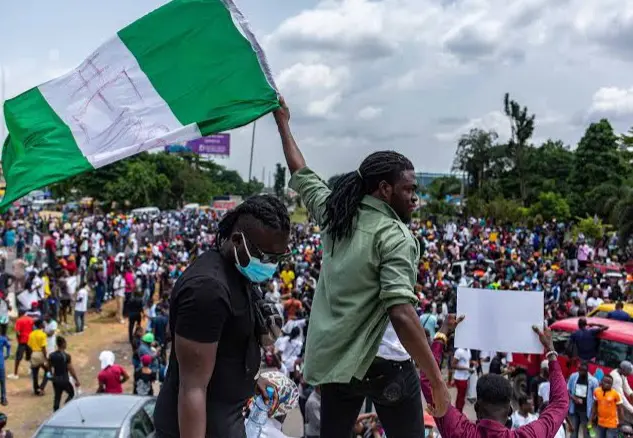The past ten days have seen a surge of protests, with people from various part of the country, coming together to voice their discontent on a range of issues. These protests have captured national and international attention, reflecting the power of collective action in a society where citizens demand change. But as the dust begins to settle and the chants fade, the question arises: What happens next?
Understanding the root causes of these protests is essential to determining the next steps. Whether sparked by economic grievances, social injustices, political corruption, or other pressing issues, the protests have been a manifestation of deep-seated frustrations. The sheer scale and intensity of these demonstrations indicate that the problems are not new, but have been simmering beneath the surface for a long time.
In many cases, the protests were ignited by a single event or policy, serving as the proverbial straw that broke the camel’s back. However, the underlying issues are often complex and multifaceted, involving systemic inequalities, lack of representation, and governance failures. As such, addressing these problems will require more than just superficial changes.
The Role of Leadership.
One of the immediate questions following any major protest is how leadership—both political and grassroots—will respond. Governments and leaders have a critical role to play in either quelling or exacerbating the situation. In some cases, leaders may choose to engage in dialogue with protesters, seeking to understand their demands and finding common ground. This approach can lead to meaningful reforms and a reduction in tensions.
Conversely, a heavy-handed response, characterized by repression or ignoring the protesters’ demands, can lead to further unrest. The history of protests worldwide shows that when legitimate grievances are not addressed, the situation can escalate, leading to prolonged instability.
The aftermath of the protests can lead to several potential outcomes, each with its implications for the future.
1. One of the most positive outcomes of protests is the implementation of policy reforms. When governments acknowledge the legitimacy of the protesters’ demands and make concrete changes, it can lead to long-term improvements in governance and social conditions.
2. Protests can lead to significant political shifts, including the resignation of key leaders or even changes in government. While this can bring about a new direction, it also comes with challenges, as new leadership must quickly prove its ability to address the issues that sparked the protests.
3. Protests can also give rise to lasting social movements that continue to push for change long after the initial demonstrations have ended.
4. If the protests do not lead to meaningful change, there is a risk of continued unrest. This can manifest in ongoing demonstrations, strikes, or even more radical actions. Prolonged instability can have severe economic and social consequences, further exacerbating the issues that led to the protests in the first place.
5. If protesters feel that their efforts have been in vain, there is a risk of widespread disillusionment. This can lead to apathy and a decline in civic engagement, as people lose faith in the possibility of effecting change through protest.
The key to moving forward after the protests lies in addressing the root causes of the unrest. This requires a multifaceted approach that includes both short-term actions and long-term strategies.
1. Protesters’ demands. Negotiation processes should involve not only political leaders but also representatives from civil society, academia, and the private sector.
2. Long-term change requires institutional reforms that address the systemic issues at the heart of the protests. Strengthening democratic institutions, ensuring accountability, and promoting transparency are critical to preventing future unrest.
3. Addressing economic inequalities and social injustices is essential to reducing the grievances that lead to protests.
4. Educating citizens about their rights and responsibilities and promoting active civic engagement can help build a more informed and empowered population.
5. For the momentum of the protests to be sustained, it is essential for the movement to remain organized and focused.
In Conclusion;
The ten days of protests have shown the power of collective action and the deep desire for change among the people. What happens next will depend on the response of both the government and the protest movement. By addressing the root causes of the unrest, engaging in meaningful dialogue, and implementing necessary reforms, there is an opportunity to turn the protests into a catalyst for positive change. However, this will require commitment, leadership, and a willingness to listen to the voices of the people. The path ahead may be challenging, but it also holds the promise of a more just and equitable society.







